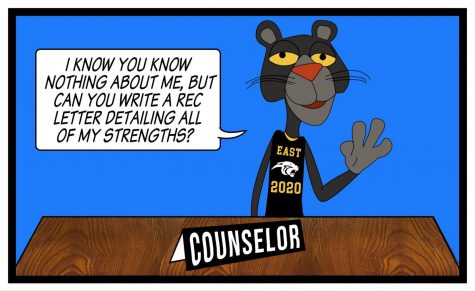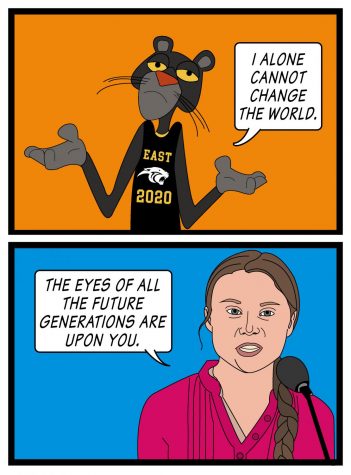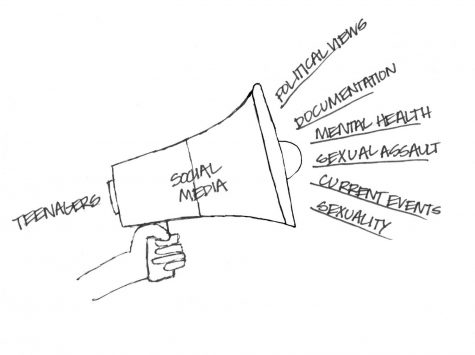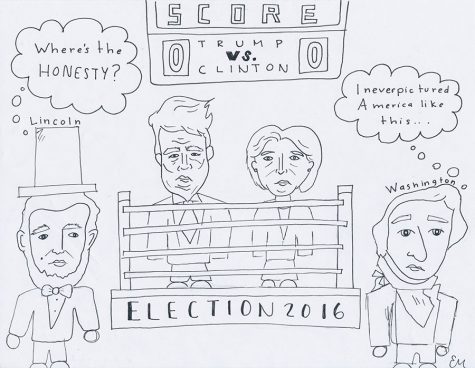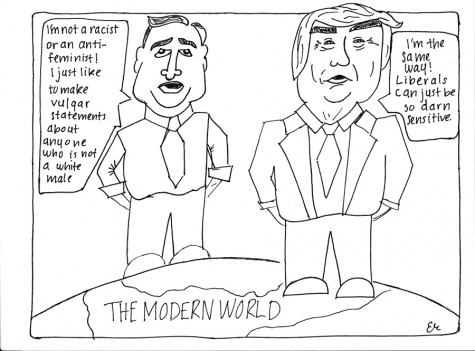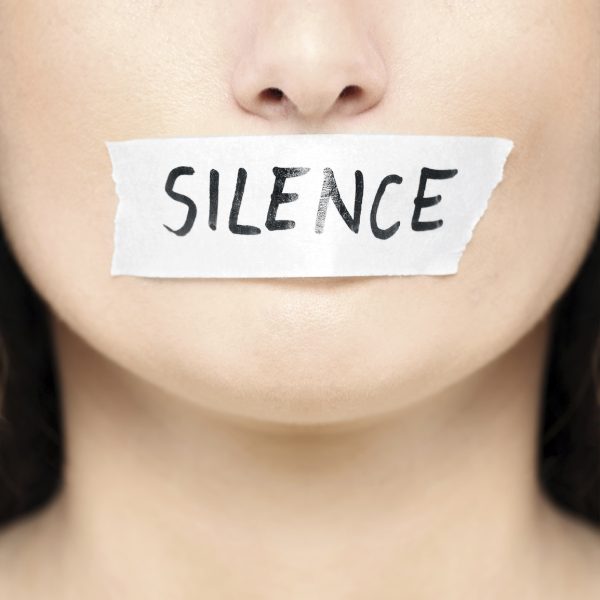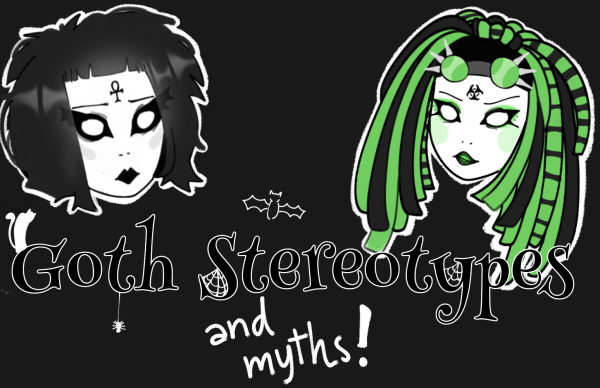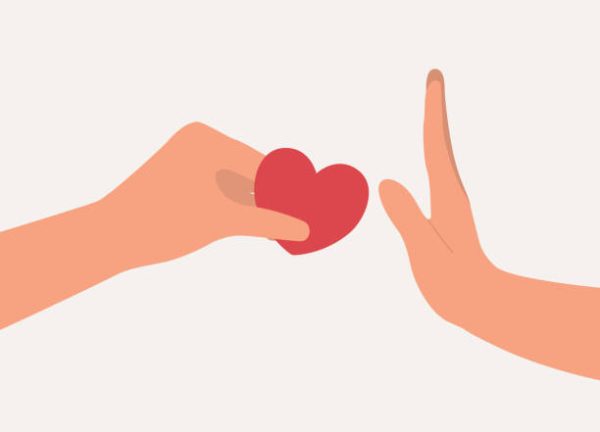Music Massacre: Song Lawsuits Destroying Creativity
The concept of plagiarism has never been an unknown phenomenon to the music world, but ever since the “Blurred Lines” case of 2015 shook the industry, debates within the community raised questions as to what qualifies as inspiration or infringement in music. Even within the past month, popular pop artist Dua Lipa received not just one, but two lawsuits against her hit 2020 song, “Levitating.” Although plagiarism is a feasible occurrence, developing songs with complete originality is a near-impossible feat and the surge of copyright lawsuits in the industry not only fails to protect artists, but instead drives away the creativity of other musicians.
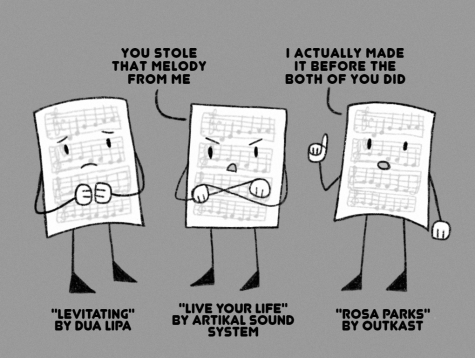
From a musical and scientific standpoint, creating innovative sounds isn’t common, especially within mainstream music. For songs within the same genre pool, it’s even more difficult to create unique sounds that don’t share similarities with other songs. A study conducted by researchers from the Medical University of Vienna on over half a million albums from 1955 to 2011 displays how music gradually begins to follow a trend. With research on over 15 different genres and 374 subgenres, the data displays a tendency for music to become more formulaic in its instrumentation as the genre it belongs to gains more traction. In short, as genres become more popular and acquire new artists, the songs produced also begin to simplify more. This is often observed in the pop genre with prominent songs like Katy Perry’s “California Gurls” and Kesha’s “TiK ToK” sharing many similarities in sound.
However, even though songs may resemble each other, copyright infringement is ultimately decided by the law, but even then, legislation can experience gray areas in its regulations. Although the U.S. Copyright office reminds musicians to be aware of copyright principles and laws, the site never really clarifies what constitutes infringement, especially during times where artists are only accused of it. According to a DePaul University analysis on musical plagiarism, infringement is determined by the similarities between songs and whether or not the accused plagiarizer had access to the copied work. But even with evidence in these two categories, it still doesn’t affirm the fact that the comparison between songs weren’t accidental. Dua Lipa was accused of copying a Florida reggae group, Artikal Sound System, with their 2017 song, “Live Your Life.” However, the chances of Dua Lipa even coming in contact with the band’s song is highly questionable as it not only never hit mainstream audiences, but also restricted its streaming to only SoundCloud until the wake of the lawsuit when the band officially posted the song to their YouTube page after allegations were made.
That’s essentially where copyright infringement attorneys come into play and not with the most welcomed entrance. With the gray area plaguing most music lawsuits, lawyers like Richard Busch, notorious for his part in the “Blurred Lines” case, tend to take advantage of the situation. With limited evidence to prove any artist of being guilty, lawsuits continue on for several months or even years, usually until someone decides to opt-out or pay. Though it’s often the latter. The “Blurred Lines” case itself ended with Busch victorious with his clients, the Gaye Family, receiving $5.3 million in damages and 50% of the publishing revenue from the song with a hefty portion of the money being given to Busch himself. Ultimately, music lawsuits result in nothing but musicians suffering the consequence and lawyers profiting off of the case.
Although it’s heavily argued that these lawsuits can help protect the credibility of musicians who have contributed innovative concepts to the musical world, these lawsuits have also limited the expression of these unique styles by other creators. The boundaries between infringement and inspiration become obscured. Both artists big and small now also avoid the release of new music in fear of becoming one of the many ongoing lawsuits and understandably so. Not only can lawsuits end up with defendants requiring to pay excessive amounts of money in damages, but keeping copyright insurance can be costly as well. Cases may also not always be insured if an artist has multiple claims against them and if the insurance company has already covered millions in previous settlements. Even with plaintiffs that do succeed in “defending” their work, it rarely prevents the accused plagiarizer from continuing to sing their song.
This rise of song lawsuits ultimately just leads to the regretful downfall of creative expression. However, this problem only facilitates the greater need for the public to be aware of the issue. Ending debates on music plagiarism can only be successful if more time is made to listen to the arguments made by musicians themselves and not money-motivated lawyers. It’s time for the musical language to be protected to ensure that the spirit of innovation can continue to employ artists and entertain audiences.



